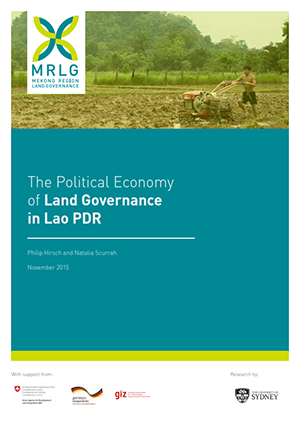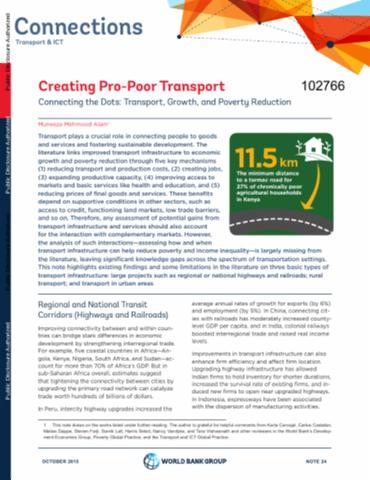Poverty and Land Distribution: Evidence from a Natural Experiment
While land reforms have long been motivated as a potential policy lever of rural growth and development, there is remarkably little evidence of the direct impacts of such reforms. In an effort to fill this lacunae, this paper examines South Africa's Land Redistribution for Agricultural Development (LRAD) program. We show that the implementation of this program operates as a natural experiment in which self-selected and administratively-filltered LRAD applicants receive land transfers at random points in time.





